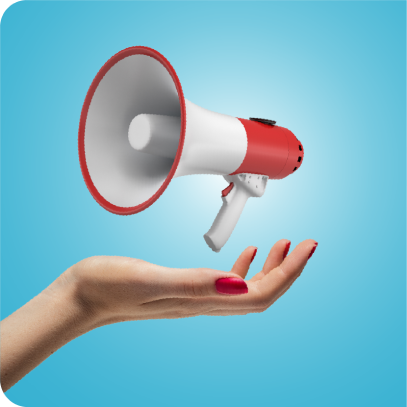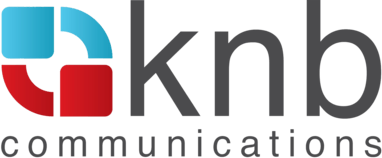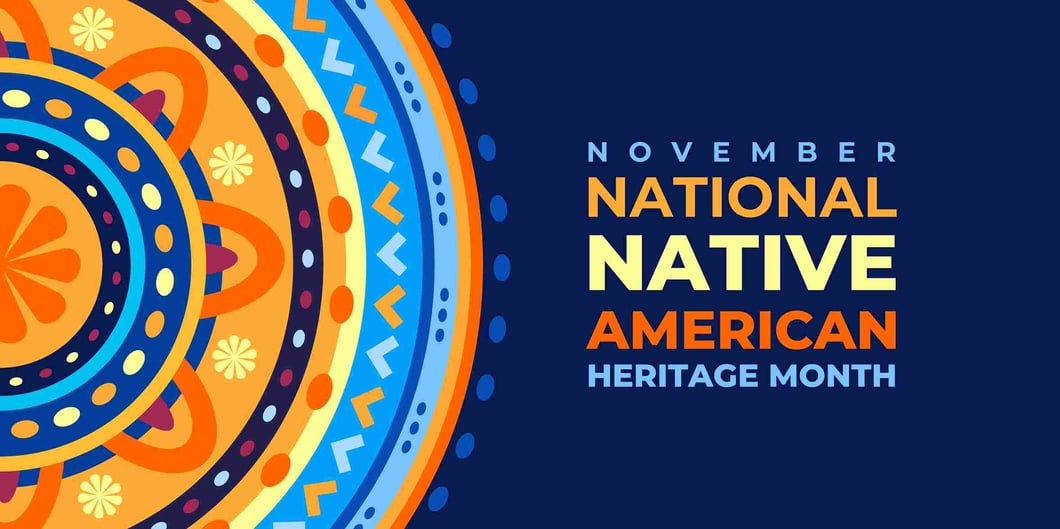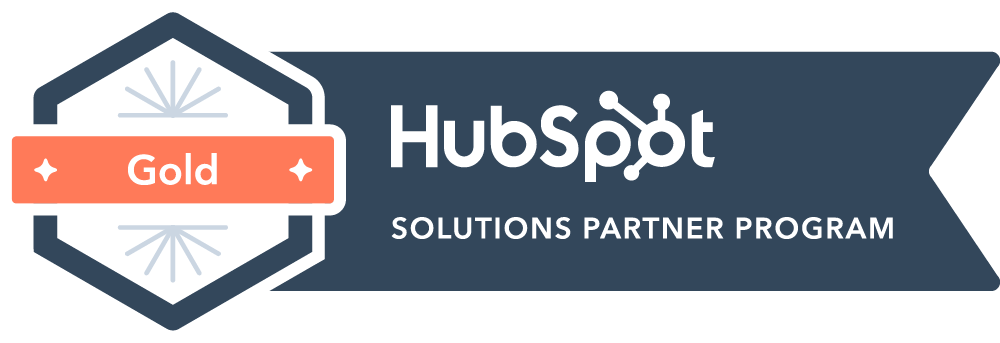5 healthcare innovations by Native Americans
Table of contents
5 Healthcare Innovations by Native Americans
Native American Heritage Month is celebrated each November by honoring the culture, achievements, and traditions of the nation's first inhabitants. However, limiting the celebrations of the contributions of this group is difficult to keep to one month.
In honor of Native American Heritage Month, KNB is paying homage to key healthcare innovations developed by Native Americans. These 5 healthcare contributions have laid the foundation for the American healthcare system, and are ones we could not live without today.
- Pain relievers
Native Americans paved the way in pain relief treatments. They commonly ingested willow bark that would provide the benefits of an anti-inflammatory and a pain reliever. This bark soothed aches and pains, as salicin was an active ingredient in the bark. The discovery of this chemical would form the later invention of aspirin.
- Baby bottles
The Iroquois, Senecas, and other Native tribes designed their own means of baby bottles to feed their children. The bottle was created from bird quill and the bear gut, and featured a nipple-like feature to feed the babies of Native Americans. This innovation would create the baby feeding method we are all familiar with today.
- Syringes
Long before Alexander Wood, a Scottish doctor, was accredited with creating the first hypodermic syringe, Indigenous people had created a similar tool. Taking a hollowed out bird bone, Native Americans would attach it to the opening of an animal bladder to create a syringe-like tool. Filling the bladder with fluids, they were able to inject the liquid into the body. This innovation would create an impact in the healthcare space and lead to the further development of modern day syringes.
- Sunscreen
For hundreds of years, Native cultures created a skin application from mixing plants with water to protect their skin from the sun. Sunflower oil, aloe vera, and sap were all beneficial in shielding skin from the effects of the sun. This innovation would lead to the further development of skin protectants and sunscreen, essential for skincare.
- Oral birth control
While oral birth control was not introduced formally in the United States until the 1960’s, Native Americans were using a product with similar means long before. By ingesting stoneseed and dogbane, Natives were preventing unwanted pregnancies. This plant-based practice was used over two centuries before the formal introduction of oral birth control in the U.S. healthcare system. This widely used practice would influence the creation of more effective oral contraceptives in western medicine.
Native Americans have not always received proper recognition for their contributions in the healthcare industry, but the NIH is working actively to reverse this. The National Institute of Health’s Tribal Health Research office is assisting Native Americans in preserving their intellectual property. While there are only 5 listed here, the contributions Native Americans have made to the healthcare industry are countless, and deserve recognition for shaping the industry to what it is today.
Search










